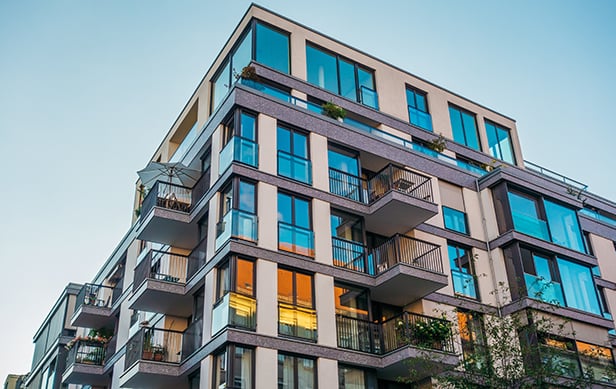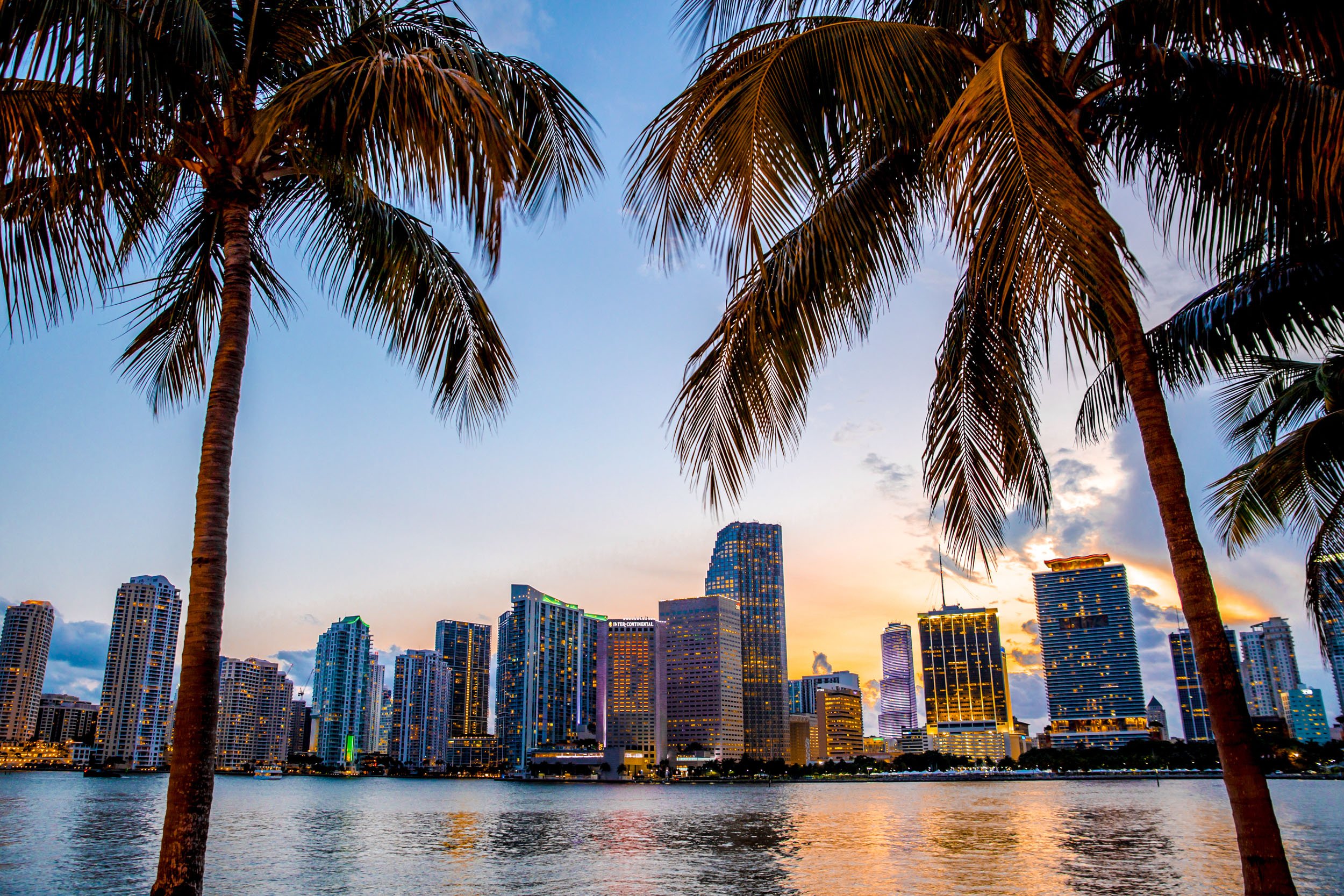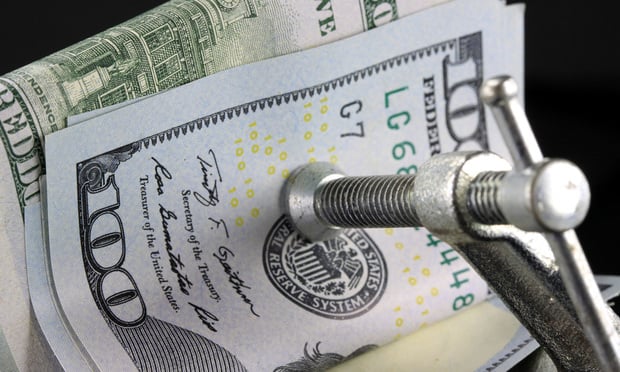WASHINGTON, DC—After all that drama, all that careful preparation of the market, after the hints and the speeches, the Federal Reserve Bank backed away from the cliff. As the headlines shrieked shortly after 2 pm ET on Thursday, the Federal Reserve Bank left short-term interest rates untouched -- or, to be precise, it announced it was reaffirming its view that the current zero to one-quarter percent target range for the federal funds rate "remains appropriate." It appears that the era of near-zero interest rates, now in its seventh year, will continue for a bit longer.
Digging through the 600 word or so statement issued by the Federal Open Market Committee, one concludes that while the Fed thinks the US economy is okay it still has potential vulnerabilities including the newly introduced concern of global developments. Also, and this is worthy of an entirely different article, the Fed is obviously frustrated by the refusal, or inability rather, of the US economy to generate price inflation.
Two days ago, at the start of the Fed's policy meeting, GlobeSt.com looked at the possibility (no longer, at that point, a "likelihood") that rates would increase. And if they did, we determined It. Would. Be. Okay.
But a reprieve, no matter how short-lived, allows us to look at why we should be pleased with this extra and somewhat unexpected inning of zero interest rates.
Just a bit more capital please. The longer the Fed holds off on raising rates, the more the capital will flow because, as we all know, CRE yields are relatively attractive compared to other financial instruments. And real estate performs well against the new "danger" the Fed has introduced with its warning of global uncertainty. Commercial real estate is "an attractive sector in uncertain times around the globe," says Steve Rado, principal at EY and leader of the US real estate M&A advisory practice.
We've got a wave of debt maturities coming, remember? It has been easy to forget how afraid the industry was of the $300 billion in maturing commercial real estate loans, the peak of which is happening now. Refinancing has not been the nightmare it was expected a few years ago but that is not uniformly the case. Even a slight increase in interest rates could make a difference for a marginal loan or borrower.
Pricing is getting a bit soft. That is one of the conclusions of this month's CoStar Commercial Repeat Sale Indices, which found that the pace of price growth cooled slightly from that of the previous six months ending in June 2015. This moderation was especially evident at the high end of the market, CoStar says.
Separately, an EY Transaction Real Estate Group white paper, authored by Rado and W. Michael Cox, the former chief economist of the Dallas Federal Reserve Bank and professor at Southern Methodist University's Cox School of Business, warns investors to be judicious in underwriting risk at trophy assets in gateway markets. These properties "appear to be fully priced with new supply coming at a faster pace. Expect to see investors looking aggressively to primary and secondary markets to find value as US CRE assets are well positioned fundamentally." The main conclusion of the white paper was the commercial real estate sector would survive an interest rate increase relatively unscathed.
Some CRE markets, okay mine - Washington DC - are still struggling. A report by Colliers International warned that an interest rate increase could pose a risk to investment sales in the Washington DC area. While some of the trends are particular to DC – the city and surrounding area has been adversely affected by the cutback in federal government spending for instance - the math still pencils out for other cities too.
Unless the economy were suddenly to enter a period of office-creating job growth, many of the region's office markets will not be able to generate enough rent growth for leveraged buyers to maintain existing cash flow if and when rates rise, Colliers concluded.
It gave the following example: An investor with a loan that has a 5% initial yield, 65% LTV and 4.5% interest rate for ten years would need net operating income to increase 6.39% to maintain the same initial yield if the interest rate on the loan increased 50 basis points to 5%. Cap rates would have to increase 31.9 basis points.
"For commercial landlords who have levered their investment properties with floating rate debt, rising interest rates promise to reduce earnings after servicing debt obligations, even when accounting for built-in annual average increases in leases of 2.5%," Colliers writes.
The Fed Has Become As Uncertain as The Economy
To be sure, there are good reasons to be concerned about this unprecedented run of low interest rates, a topic that, again, is worthy of its own article or articles. Therefore it is prudent to end with a sobering observation, offered by Fannie Mae Chief Economist Doug Duncan.
By walking back its earlier statements, the Fed itself has become a source of uncertainty for the economy. Going forward, it will be difficult to take what it says, or rather signals, it will do on faith anymore.
At this point, it is unclear what will move the Fed to begin a long process to normalization, Duncan said.
© Touchpoint Markets, All Rights Reserved. Request academic re-use from www.copyright.com. All other uses, submit a request to [email protected]. For more inforrmation visit Asset & Logo Licensing.







